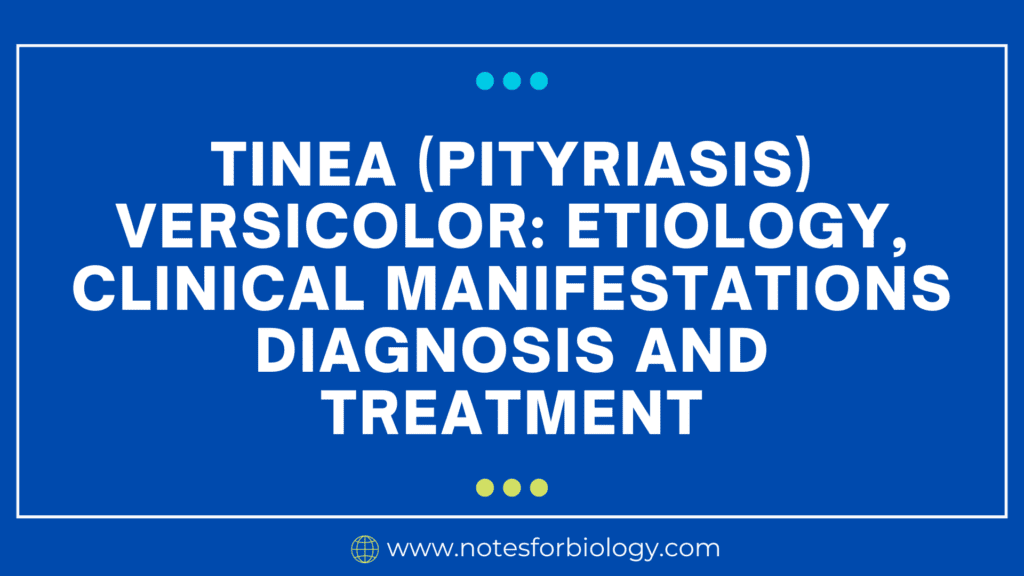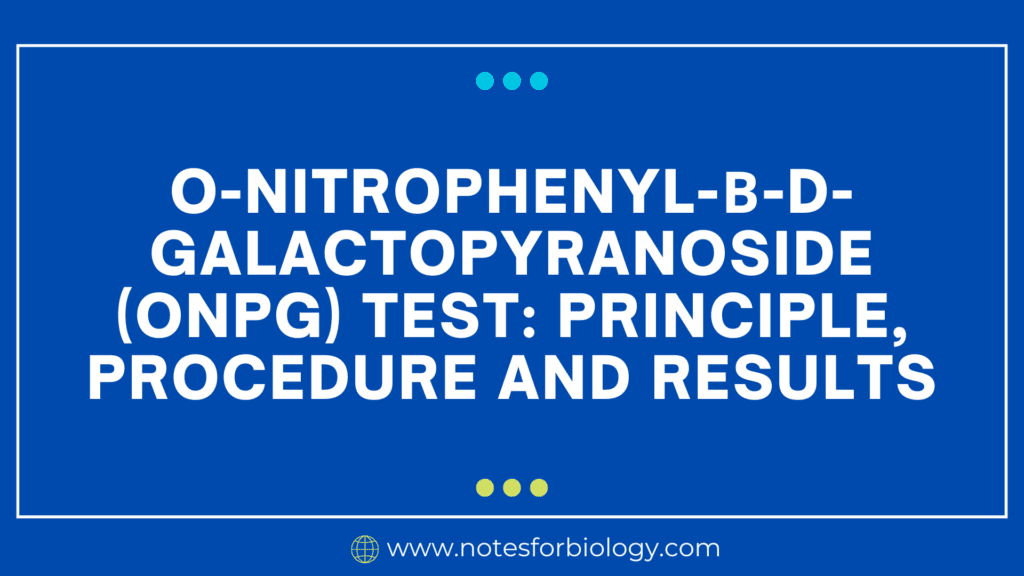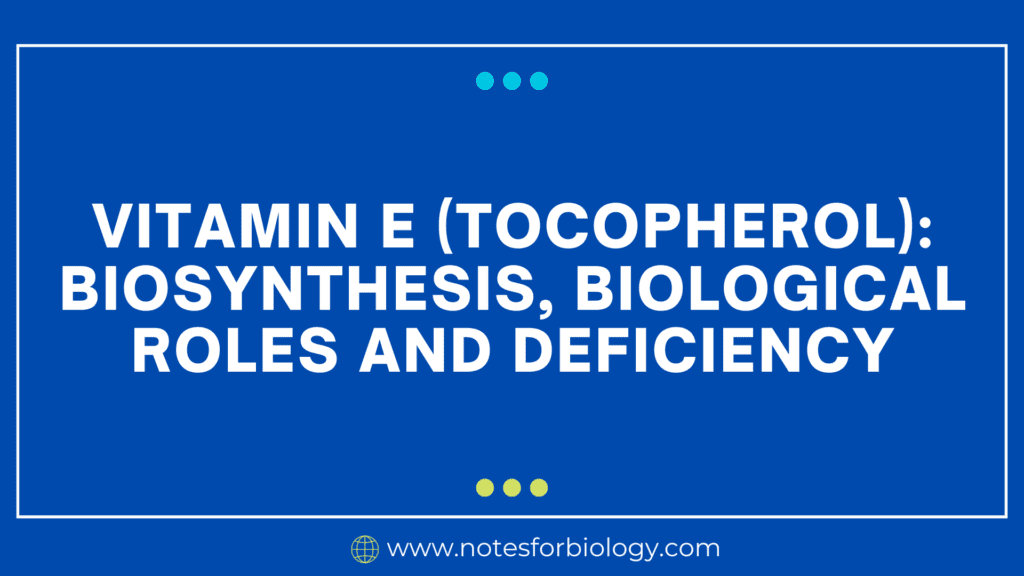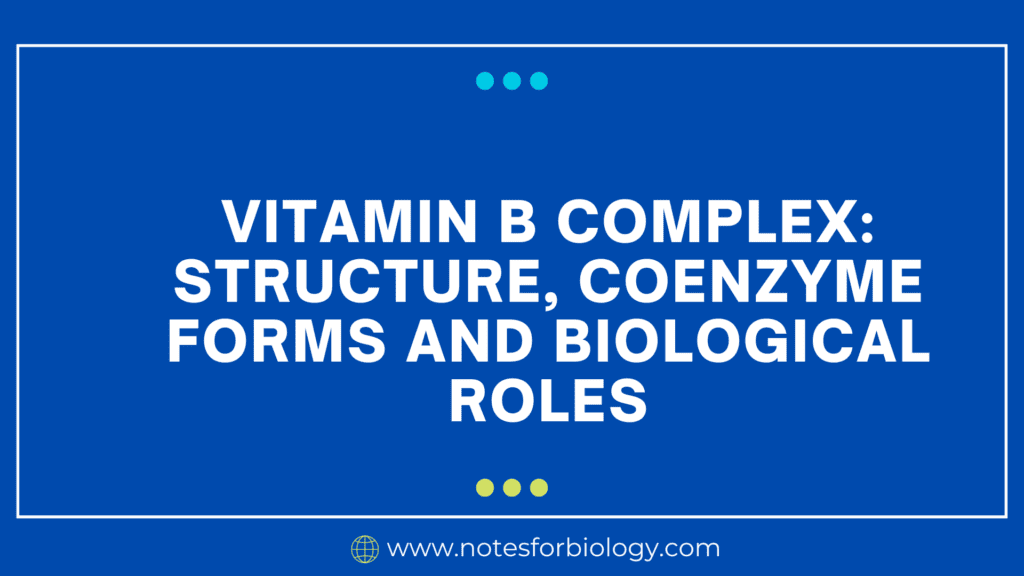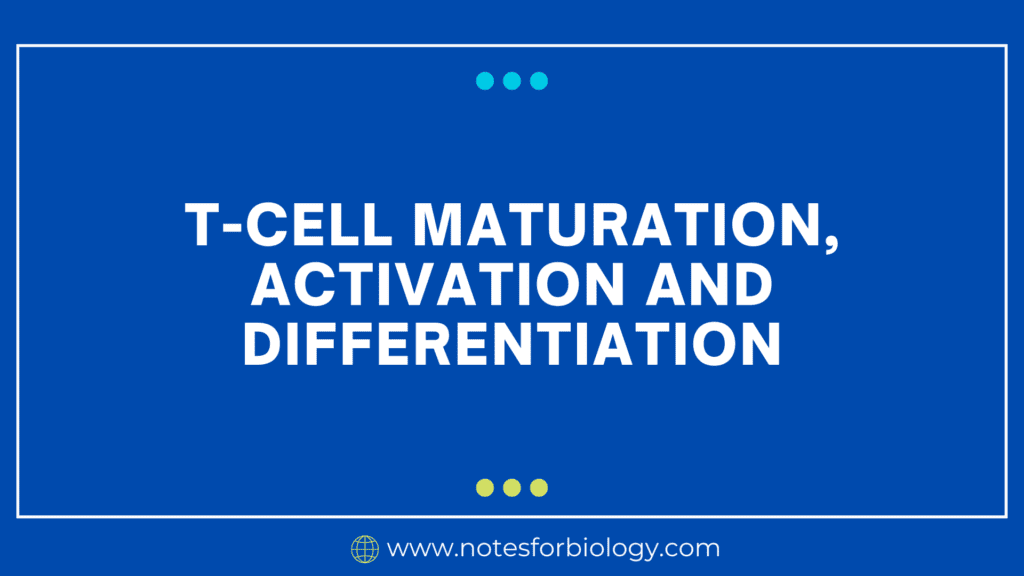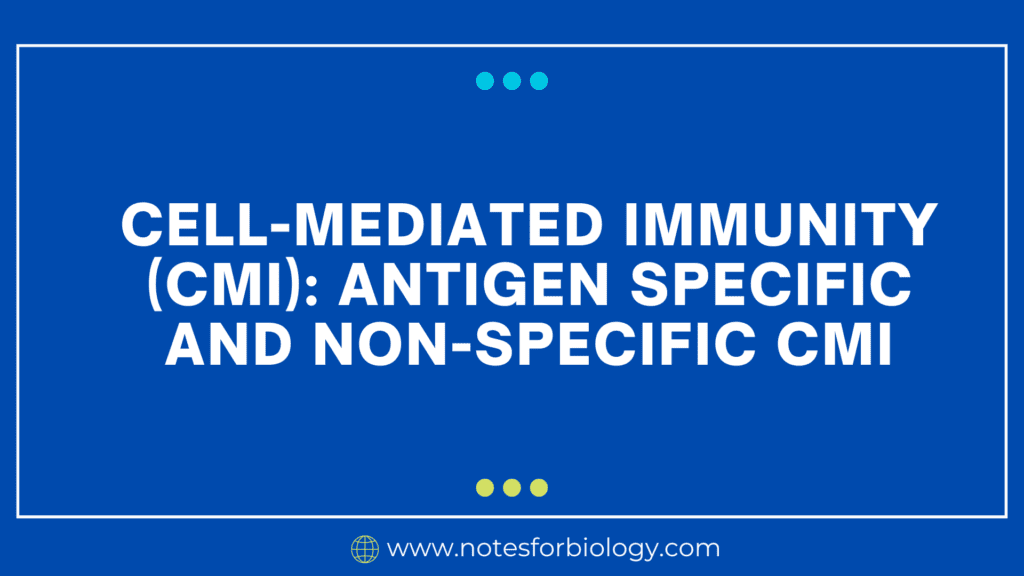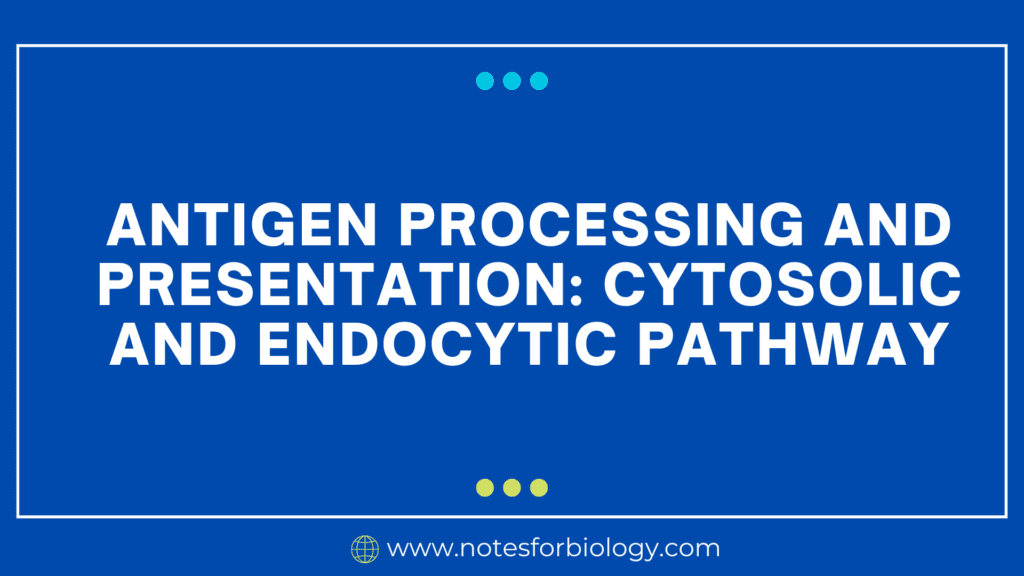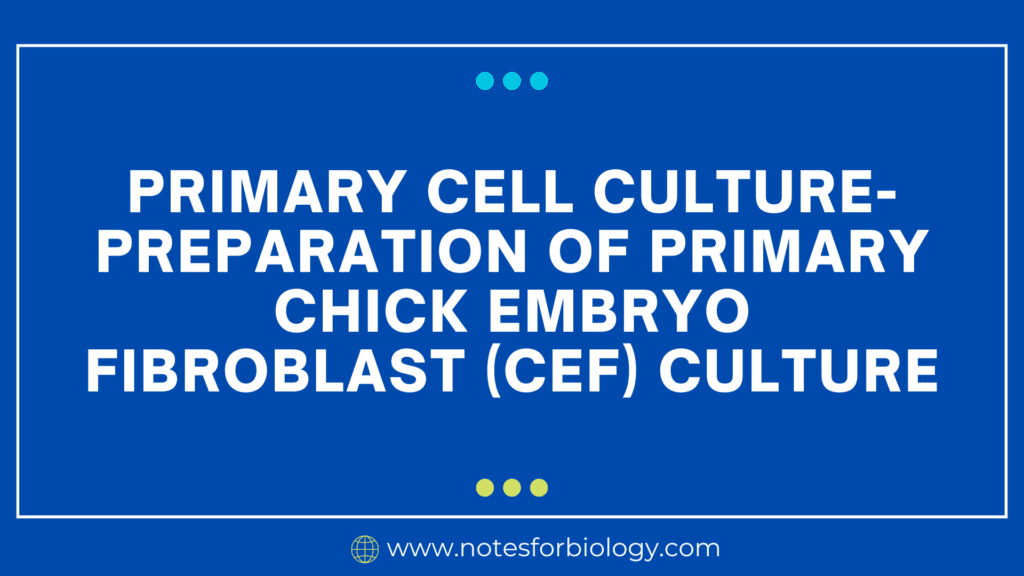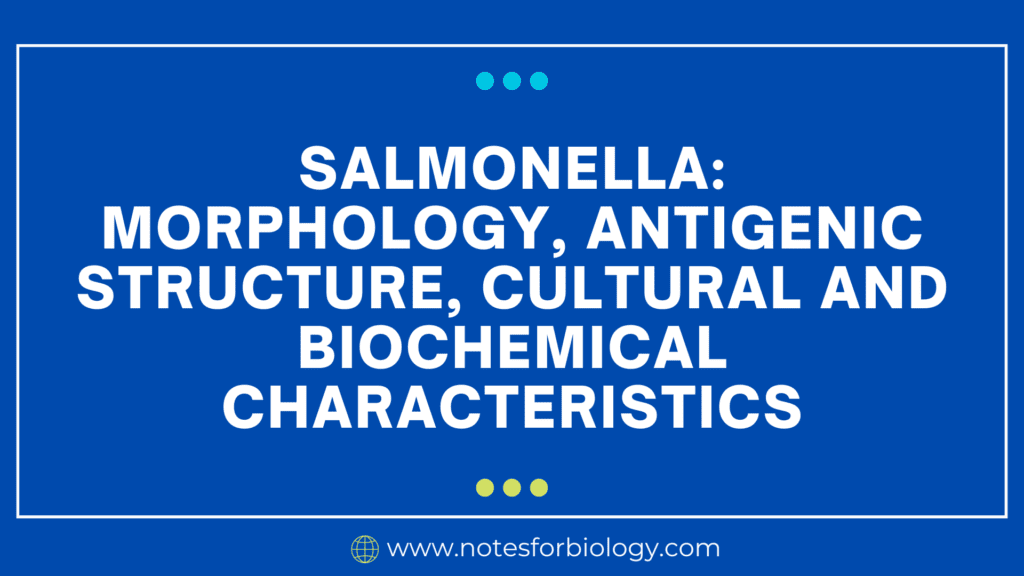Tinea (Pityriasis) versicolor: etiology, clinical manifestations diagnosis and treatment
Tinea versicolor, also known as pityriasis versicolor, is a common superficial fungal infection of the skin caused by yeast of the genus Malassezia. This condition affects the skin’s pigmentation, leading to discolored patches. Tinea (Pityriasis) versicolor Tinea versicolor, also known as pityriasis versicolor, is a common superficial fungal infection of the skin. Tinea versicolor is […]
Tinea (Pityriasis) versicolor: etiology, clinical manifestations diagnosis and treatment Read More »

